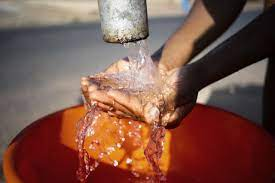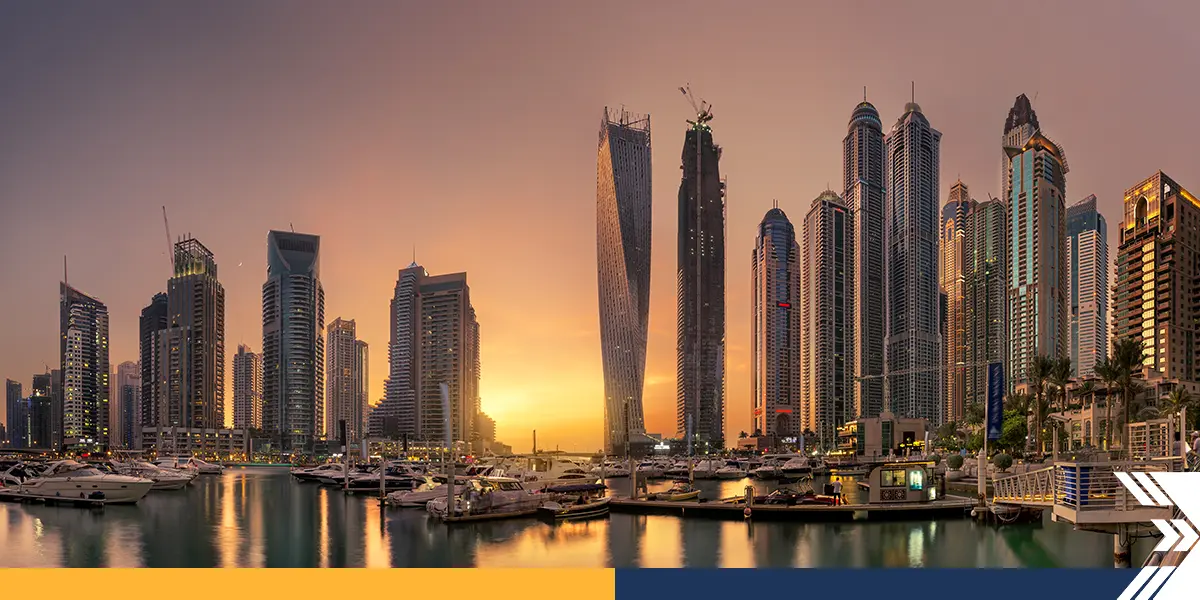Now Reading: How Climate Change Is Quietly Draining Earth’s Water Supply 2025
-
01
How Climate Change Is Quietly Draining Earth’s Water Supply 2025
How Climate Change Is Quietly Draining Earth’s Water Supply 2025

Climate change is no longer a distant threat. Its effects are visible around the world today—in the air we breathe, the food we grow, and especially in the water we drink. Water, which is essential for all life on Earth, is being directly affected by the warming of our planet. Rising temperatures, melting glaciers, changing rainfall patterns, and extreme weather events are all signs that climate change is altering the way water moves, flows, and supports life.
This article explores how climate change is impacting water resources globally, why it matters, and what can be done to reduce its harmful effects.
Melting Glaciers and Shrinking Snowpacks

In mountain regions across the world, glaciers are melting faster than ever before. Glaciers and snowpacks act like natural water tanks, storing water in the winter and releasing it in the warmer months. But due to rising global temperatures, these frozen reserves are shrinking.
When glaciers melt too fast or disappear entirely, rivers and lakes that depend on this slow release of water start to dry up. This has already been seen in parts of the Himalayas, Andes, and Rocky Mountains. In the long term, it means less water for drinking, farming, and generating electricity through hydropower.
Irregular Rainfall and Longer Droughts
One of the clearest effects of climate change on water is the change in rainfall patterns. Some areas are receiving too much rain, while others are facing severe droughts. The timing and quantity of rainfall are becoming less predictable, making it harder for farmers and communities to plan for water use.
Regions like Sub-Saharan Africa, Australia, and parts of India have been suffering from prolonged dry seasons. On the other hand, some countries are experiencing sudden, intense rainfall that leads to floods. These extremes not only damage homes and crops but also affect the availability of clean, usable water.
Increased Risk of Flooding
As temperatures rise, more water evaporates from land and oceans. Warmer air holds more moisture, leading to heavy rainfall and flash floods. Coastal cities and low-lying areas are especially at risk due to sea level rise and storm surges.
Floods can destroy water infrastructure, contaminate freshwater with sewage and chemicals, and lead to outbreaks of waterborne diseases. In 2023, parts of Europe and Asia experienced record floods that caused billions in damage and made millions of people homeless. These extreme weather events are expected to become more common as climate change worsens.
Sea Level Rise and Salty Groundwater
Another major threat to water comes from rising sea levels. As polar ice melts, sea levels rise, pushing salty seawater into freshwater sources. This is especially dangerous in coastal areas where groundwater is a primary source of drinking water.
Salinization of groundwater makes the water unfit for human use and damages crops that rely on fresh irrigation. This is already happening in parts of Bangladesh, Indonesia, and small island nations. Communities are being forced to move inland or rely on expensive water purification technologies.
Dirty and Unsafe Drinking Water
Climate change also makes it harder to keep drinking water clean. Warmer temperatures encourage the growth of harmful bacteria and algae in lakes and reservoirs. Heavy rains and floods wash pollutants from the land into rivers and water treatment plants.
In many developing countries, where water purification systems are limited, this leads to more cases of diarrhea, cholera, and other serious diseases. Even in wealthier nations, water safety is becoming a challenge due to aging infrastructure and increasing water demand.
Pressure on Agriculture and Food Security
Water and food are closely linked. Agriculture uses about 70% of the world’s freshwater. When water becomes scarce or unpredictable, food production suffers. Crops dry out, livestock go thirsty, and farmers lose their income.
Climate change is putting enormous pressure on water used for farming. In the United States, California’s Central Valley is facing reduced water supplies due to drought. In parts of Africa and Asia, farmers are struggling to grow enough food because of inconsistent rainfall and poor irrigation.
As water becomes harder to manage, food prices may rise, leading to hunger and poverty in vulnerable regions.
Urban Water Stress
Cities are growing fast, and so is their need for water. But many cities are not prepared to deal with climate-related water problems. Droughts, poor planning, and high demand are creating “Day Zero” situations—when cities run out of water.
Cape Town in South Africa came close to running dry in 2018. Other major cities, like São Paulo, Chennai, and Mexico City, have also faced serious water shortages. As climate change intensifies, more cities could face similar crises unless urgent action is taken.
What Can Be Done? Solutions and Hope

Despite the challenges, there is hope. Governments, businesses, and communities are working on solutions to reduce the impact of climate change on water.
Here are a few key actions:
- Better Water Management – Building smarter irrigation systems, fixing leaks, and recycling wastewater can help use water more efficiently.
- Protecting Nature – Restoring forests, wetlands, and watersheds helps store and clean water naturally.
- Investing in Clean Technology – Desalination, rainwater harvesting, and advanced purification systems can provide safe drinking water.
- Climate Action – Reducing greenhouse gas emissions is the most important step to slow down climate change and protect water sources.
- Community Education – Teaching people how to save water and prepare for climate impacts builds stronger, more resilient societies.
Conclusion
The effects of climate change on water are serious and far-reaching. From shrinking glaciers to flooded cities, the way we access, use, and protect water must change. Water is life, and protecting it means protecting our future.
By understanding the challenges and acting wisely, we can ensure that clean, safe water remains available for everyone—even in a warming world.
Read More:- Deyaar’s Latest Announcement Shakes Up the UAE Property Market






















